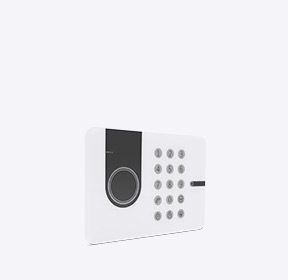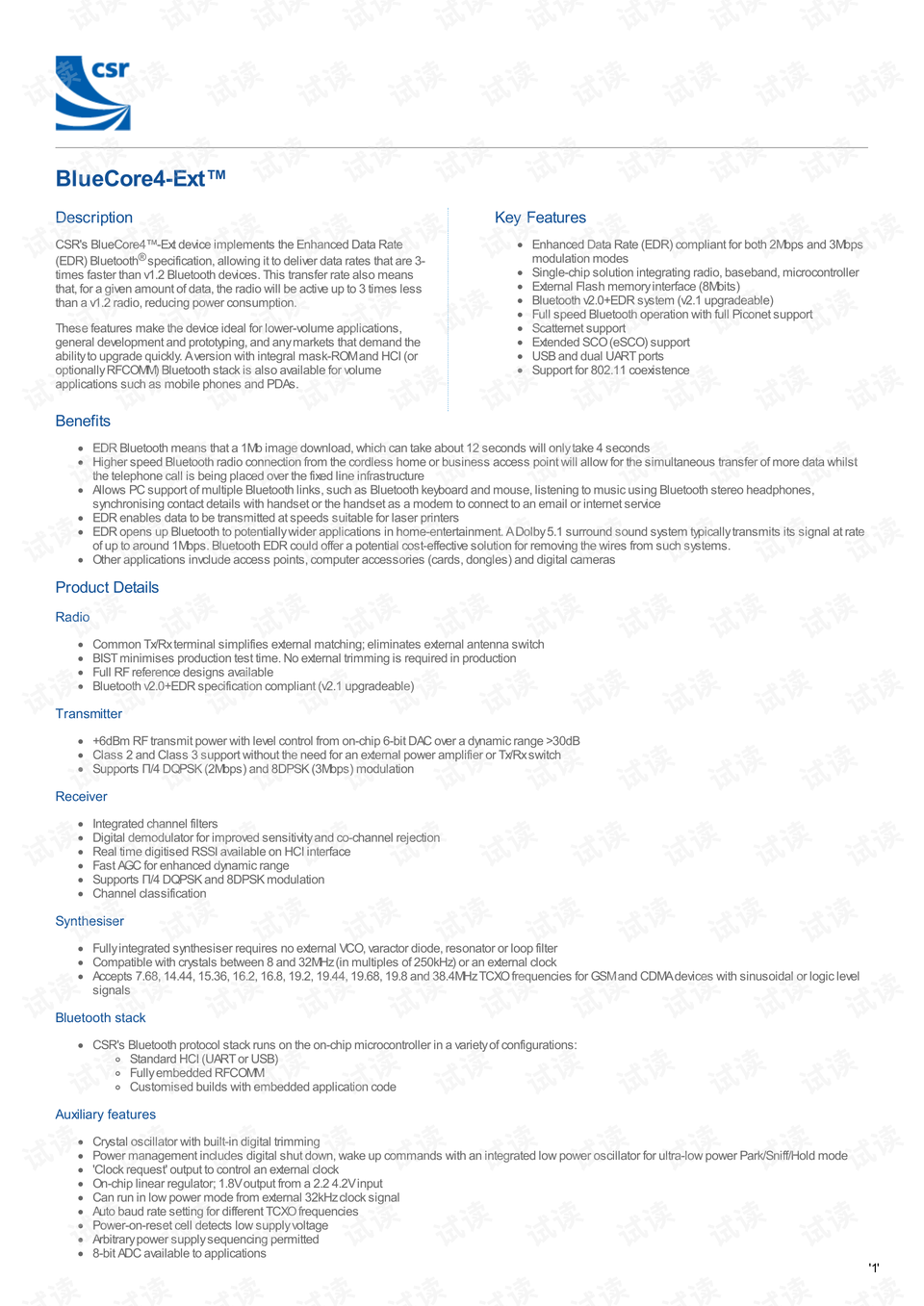摘要:无线视频技术代表了无线通信的演进及其在视频传输领域的应用。随着技术的进步,无线通信技术不断发展,使得视频传输更加便捷高效。无线视频技术的应用广泛,包括流媒体传输、视频会议、无线监控等。随着5G和物联网等技术的进一步发展,无线视频技术将带来更多创新和便利。
In the fast-paced world of technology, wireless video technology has revolutionized the way we communicate and share visual content. As the demand for real-time video transmission increases, wireless video technology has emerged as a prominent solution for various applications ranging from live streaming to remote monitoring. This article will explore the evolution of wireless communication and how wireless video technology has transformed our visual world.
The evolution of wireless communication began with the development of radio waves and has continued to grow with the advent of cellular networks, satellite communications, and finally, the advent of the Internet of Things (IoT). With the evolution of wireless communication, data transmission has become faster, more reliable, and more secure. This evolution has opened up new avenues for video transmission, enabling high-quality video streaming even in remote areas.
Wireless video technology has revolutionized various industries, including entertainment, surveillance, healthcare, and education. In the entertainment industry, live streaming of events such as sports, concerts, and news has become a common practice. With the help of wireless video technology, people from anywhere in the world can access these events on their smartphones or computers. This has not only transformed the way people enjoy entertainment but also opened up new opportunities for content creators and businesses.
In the surveillance industry, wireless video technology has enabled remote monitoring of areas such as homes, businesses, and public places. With the help of wireless cameras and video surveillance systems, people can monitor their premises even when they are away. This has not only increased security but also provided peace of mind to individuals and businesses.
The healthcare industry has also benefited from wireless video technology. Remote patient monitoring, telemedicine, and video conferencing with patients have become common practices. With the help of wireless video technology, doctors can monitor patients remotely and provide timely advice and treatment. This has not only improved patient care but also reduced the cost of healthcare.
Education is another industry that has been transformed by wireless video technology. Online learning and distance education have become popular with the help of wireless video technology. Students can access lectures, courses, and other educational materials through video streaming platforms. This has not only provided flexibility to students but also opened up new opportunities for educators to reach a wider audience.
The underlying technology behind wireless video transmission involves several components such as encoders, decoders, wireless transmitters, and receivers. Encoders convert the video into a format that can be transmitted wirelessly, while decoders convert the received data back into a viewable video format. Wireless transmitters and receivers facilitate the transmission of data between devices. The efficiency and quality of wireless video transmission depend on several factors such as network bandwidth, signal strength, and device capabilities.
In conclusion, wireless video technology has revolutionized the way we communicate and share visual content. With the evolution of wireless communication, high-quality video streaming is now possible even in remote areas. Wireless video technology has transformed various industries such as entertainment, surveillance, healthcare, and education by enabling remote access to visual content. As technology continues to evolve, we can expect even more advancements in wireless video technology that will further transform our visual world.




 京公网安备11000000000001号
京公网安备11000000000001号 京ICP备11000001号
京ICP备11000001号
还没有评论,来说两句吧...